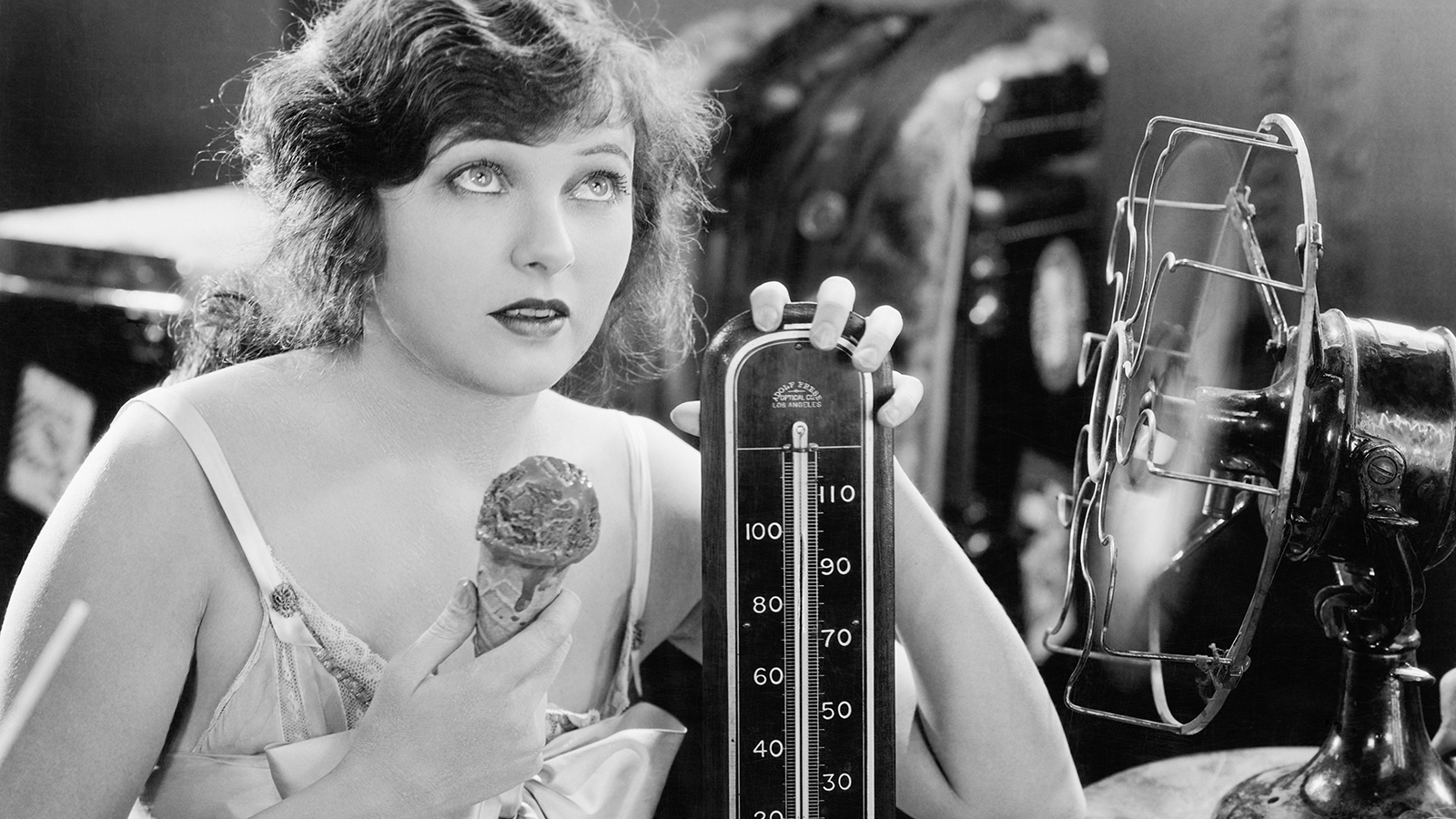Send your question to Umbra!
Q. I’m building a house just south of Boston. What are my options for efficient heat/cooling?
Mark
Dighton, Ma.
A. Dearest Mark,
If the home is indeed a man’s castle, then your attention to energy efficiency makes you a most benevolent king. And that’s wonderful, because not only are green homes one of my favorite topics, but building anew gives you the freedom to play around with eco-friendly design techniques in a way you can’t always pull off when renovating an existing home.
Before we start debating furnaces vs. heat pumps, though, I’d like to look at some of the bigger-picture choices you can make to slash your need for heating and cooling systems in the first place. These issues will depend on your particular lot, budget, and preferences, but the more you do now, the better. And of course, seek the counsel of a pro before you commit to anything — he or she will have plenty more details tailored to your dream home.
One major variable that’s often overlooked in these discussions: home size. Sounds obvious, but it bears repeating: The smaller your home, the less energy you’ll need to heat and cool it. Only you know how much house you really need, Mark, but keep that in mind.
Then, I’d encourage you to investigate the magic of Passive House design. The details vary according to the climate in your region, but the idea is this: Through smart insulation, efficient windows, and careful siting, you can all but eliminate the need for energy-gobbling heating and cooling systems.
When it comes to heating, passive design is all about big, beautiful, south-facing windows – preferably of the efficient, double-paned, Energy Star variety. Pair those with “interior thermal mass” like concrete, brick, or tile to capture the sun’s heat and radiate it back into the home, all the while making sure you’ve buttoned the place up with insulation and sealing. Ta-dah: You’ve slashed your heating energy needs by up to 95 percent.
The concept works during those muggy Massachusetts summers, too. Now we’re thinking shade and buffering, and the best way to do that is through big, beautiful, south- and west-facing trees. They’re not just huggable carbon sinks – properly sited trees can cut AC needs by 30 percent, and they drop their leaves to make way for that precious winter sun. Other helpful touches: awnings over the windows to block high-in-the-sky summer sun and tinted windows, especially in warmer climates.
Once you’ve incorporated these elements in your design, have a contractor evaluate just how much more heating and cooling help you need. Installing a system that’s too big and powerful is a waste of energy and money, and probably won’t even keep you comfortable.
Here I go, babbling on and on about passive heating and cooling without even getting to actual heating and cooling systems. There’s a reason for that: You’ve got a lot of options, and I’d be hard pressed to give you solid advice without first getting all up in your personal and financial business. Instead, I highly recommend you do some reading on the very helpful Department of Energy website.
But I can point you to some of my favorite systems to check out. Geothermal heat pumps are incredibly cool gadgets that tap into the earth’s natural underground temperatures to heat (and cool) your house – no building on top of a volcano required! Active solar heating (as opposed to the passive type, discussed above) involves using solar panels to heat liquid or air, which then circulates throughout your house. Then there are pellet stoves, biofuel boilers, and highly efficient, Energy-Star rated furnaces and other heaters.
When it comes to cooling off, though, may I suggest you explore all other options before going with an energy-hogging air conditioner? All that passive design we just chewed over will help a lot, as will ceiling, window, and whole-house fans, plus these creative tips for keeping your flat cool when the mercury rises. Besides, I’m all for comfort, but is it really reasonable to expect October-crisp temps in July? Summer wouldn’t be summer without shorts and lemonade.
Good luck and have fun with your castle-building, Mark. Long may you reign.
Quiescently,
Umbra



